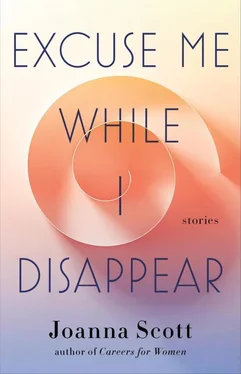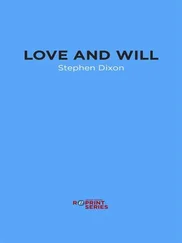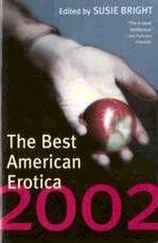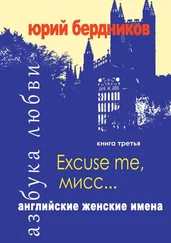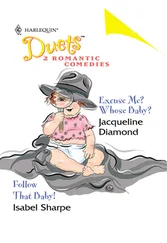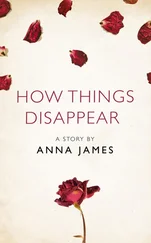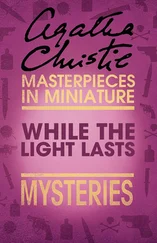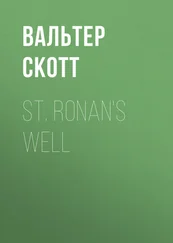It grows dark in Venice, and the boy is still running. Are those footsteps echoes of his own, or is the hunter drawing closer? Run, Francesco, run for your life!
He finds himself in a passageway that he thinks he recognizes… the pattern of stones beneath his feet, the smell of paint, the wooden door with the Moor’s-head handle—everything is ever so faintly familiar. He has dreamed of this place, he tells himself. He has dreamed of being chased by a white-robed angel of death, and coming here, to this building, and finding the door unlocked.
He grabs the Moor’s head, slips into the building, and pushes the door closed behind him. The space is unlit and deserted; the shutters are closed tight. He bangs his shin against something hard and sharp, blindly gropes beside a counter, knocks over a bottle with a clatter. He plants his boot on what he thinks is a rope but is in fact the tail of a cat. The cat erupts in a howl of outrage and surprise, causing Francesco to stumble over a bench and fall to the floor.
At least he can tell where he is now. He is back in the workshop where he once served as an apprentice. The cat is the same cat whose tail he stepped on five years earlier—it didn’t forgive him then and will probably never forgive him after this second offense.
Francesco looks around. He sees nothing in the darkness, but he can picture the whole invisible room. He sees in his mind where Giambono stacks the wood for the frames, lays out his pallets, arranges his brushes. On one side of the room are buckets and bottles, in the middle is a long table, and on the table are the jars with powdered pigments that the apprentices mix together to form paint.
Francesco knows better than to make his way down the long corridor to the room where the apprentices are sleeping—they wouldn’t take kindly to his intrusion. He settles under the table for the night, covering himself with a cloth tarp, trying to ignore the rumbling of his empty stomach. He falls into a restorative sleep that is enlivened by a long dream about a monkey that runs loose at a feast, stealing pieces of cake and spilling the wine.
The next morning, the artist arrives and throws open the shutters. The cat, curled on the sleeping boy’s chest, blinks in the sunlight. Giambono grabs a stick of charcoal from the table. The cat gives a gaping, sharp-fanged yawn and lazily begins kneading its claws on the tarp.
“ Buongiorno, ” the amiable painter says to the cat, or to the boy, or to both. It is unlikely that he recognizes his former apprentice after all these years, but he doesn’t appear startled or angered. On the contrary, he acts as if he is pleased to have company.
Francesco rubs his eyes and returns the greeting. He watches as the painter assembles his tools and approaches a square of vellum stretched on an easel. Giambono sets to work, then abruptly stops. His hand hovers in the air, and his head turns at an angle, in apparent puzzlement.
Francesco pushes away the cat and throws off the tarp. After hastily lacing his boots he joins the painter in front of the easel. Side by side, they contemplate the drawing in silence.
Giambono’s commission is to produce a copy of a painting that was made by another Venetian painter, Antonio Vivarini, just four years earlier. Vivarini’s Coronation of the Virgin has been such a success that the priest of San Pantalon wants a second painting just like the first. But the prelates should have known that imitation bores the great Giambono. He has already taken license with the commission. His drawing is less—he would say, more —than an accurate copy of Vivarini’s paradise; it is more crowded, with figures who don’t appear in the original. In the end it will be brighter, wilder, more restless and more joyous; it will convey the inevitable excitement that occurs when people gather to watch a spectacle.
Giambono has a vision for the final product, but he can’t figure out how to realize it. In recent days, he has sensed that something is wrong with his preliminary sketch. The problem with the composition should be obvious, but so far it has evaded his discernment.
He pulls a portion of bread from his pocket, unwraps it, and tears off two pieces, giving one to the boy. The painter and Francesco chew quietly. Francesco looks up at the painter and sees two miniature reflections of the drawing shining in his dark eyes.
“Boy,” the artist finally says, “if you were going to paint this picture, what would you change?”
Francesco, whose piece of bread is bigger than the piece Giambono kept for himself, needs an extra minute to finish chewing and swallowing.
“I would add books,” replies Francesco. Of course, he would have said that about any painting. After the five years he spent working as a scribe at the Fondaco, books are always on his mind.
“Where would you put them?” asks the artist.
“Here.” Francesco points to the lower left of the composition, beneath the lion’s paws. “And here. And here and here and here. And I’d make sure the books are open because what good is a book if it isn’t being read?”
7.
Before I continue with this story, I should explain that I wouldn’t be telling it if my husband and I, both of us recently retired, had not spent two months during the last year in Venice, in a third-floor apartment overlooking the basilica of San Trovaso, in the neighborhood of Dorsoduro. One morning, a few weeks into our stay, we set out walking. Heavy clouds hung over the city, and I could smell rain in the air. We walked along the Ognisanti Canal and past the squero where workers were polishing a gondola. We crossed the Ponte San Trovaso and continued past the open door of the Cantine Schiavi. We stopped for cappuccino at a bar called Gilo and then continued walking. We admired the patterns of the cloth purses in the window of the Fortuny store. Near the vaporetto stop, a lone workman was pounding a thick metal rod against a paving stone.
We had no particular itinerary in mind that day, so when the sky grew darker and we heard the rumble of thunder, we decided to take refuge in the Accademia, the city’s main art museum.
One of the goals I’d set myself while in Venice was to learn about drawing. While I stood for a while in front of Giorgione’s famous La Vecchia, sketching in my notebook, my husband wandered ahead. I drew and erased, drew and erased. The final product was rough and unskilled, but I was pleased that at least I’d captured the sideways angle of the old woman’s gaze.
Moving on, I went in search of my husband. When I couldn’t find him, I decided he must have followed the signs to a special exhibition on the ground floor. I took the elevator and proceeded along a poorly lit corridor. I passed through multiple rooms, each one with successively fewer visitors. Eventually I found myself in the furthest gallery, alone except for a security guard slumped in the far corner, dozing on a metal folding chair.
I stood in that gallery for a long while. Among the works on display were two massive paintings by two early Renaissance Venetian artists. The first painting, a Coronation of the Virgin by Antonio Vivarini, was dated 1444. The second painting, by a painter named Michele Giambono, completed three years later, was intended as a copy of the first, though there are significant differences. In Giambono’s version the figures have been given more expressive faces and gestures. The colors are more intense, and the canvas more crowded. The effect, the curators explained in the label on the wall, is to make Giambono’s painting livelier, but less spatially coherent.
I turned back to the paintings. All at once, I noticed an addition that had gone unremarked by the curators. While in both paintings there is a lion lying by the feet of Saint Mark, in Giambono’s version the lion is holding a book beneath its paws.
Читать дальше
